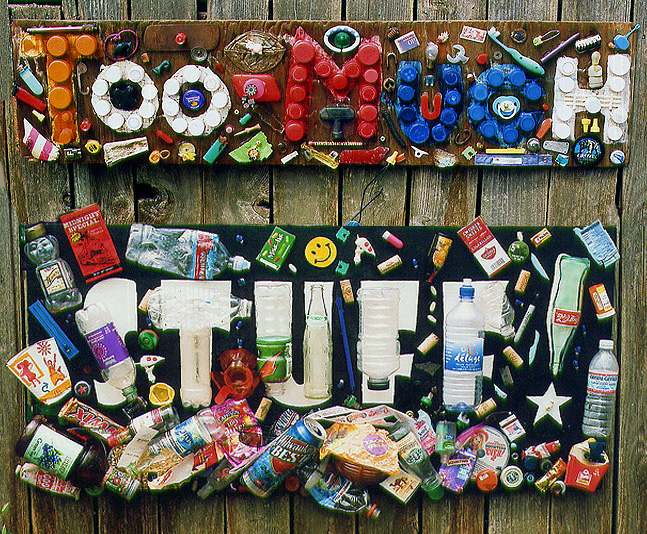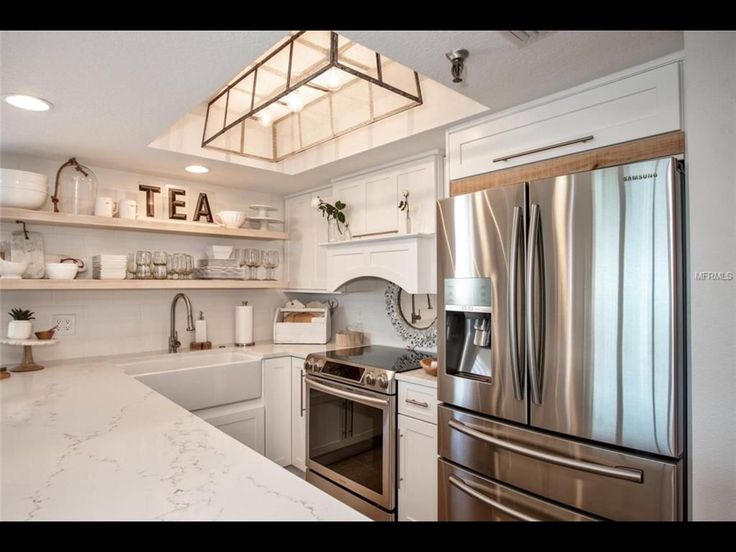The Problem with Decorating with Too Much Stuff

When it comes to home decor, the temptation to fill every nook and cranny with items that scream "personality" can be overwhelming. Yet, the line between a thoughtfully curated space and a cluttered mess is thinner than one might think. Here, we delve into the multifaceted problem of decorating with too much stuff, exploring how this approach impacts not only aesthetics but also our mental health, functionality, and the environment.
The Aesthetic Overload

Walking into a room packed with various trinkets, books, paintings, and knick-knacks might initially catch your eye, but often, it’s a visual overload. The human eye struggles to focus in spaces where every surface is covered in decorative items.
- Visual Noise: Just like noise pollution can clutter our ears, visual noise can clutter our sight. An overdecorated space can make it difficult to find a visual resting point, leading to a sense of unease or overwhelm.
- Lack of Flow: A cluttered space disrupts the natural flow of the room, making movement and interaction less fluid. Instead of a space where energy can circulate freely, you end up with a room where every step feels like dodging a minefield of decor.
- Dilution of Focus: When everything is the center of attention, nothing truly stands out. The unique items you wish to showcase can lose their impact amidst a sea of equally demanding artifacts.
The Psychological Impact

Our surroundings significantly influence our mental state. An environment laden with items can:
- Induce Stress: Studies have shown that clutter increases cortisol levels, the body’s main stress hormone. This means that too many decorative items can contribute to feelings of anxiety, depression, or general uneasiness.
- Hinder Relaxation: A space meant for relaxation should promote calm and serenity, not trigger a subconscious need to clean or organize. An overly decorated room might make it hard for occupants to unwind.
- Affect Productivity: Clutter can be a distraction, leading to decreased productivity. Whether it’s in a work environment or a personal space meant for focus, too many items can pull your attention in multiple directions, making it difficult to concentrate.
Functional Disadvantages

Functionality is another critical aspect that suffers in overly decorated spaces:
- Space Utilization: When you fill a room with decorative items, you might inadvertently reduce the usable space. This can make navigation through the room cumbersome and might limit how furniture or larger items can be arranged.
- Maintenance Challenges: Decorative pieces collect dust, require maintenance, and can make cleaning more difficult. Over time, this can lead to a neglect of care, further exacerbating clutter.
- Impaired Use of Furniture: A side table covered in trinkets is no longer just a table; it’s a mini storage unit. The intended function of furniture can become secondary when it’s primarily used as a display area.
Environmental Considerations

Our home decor choices also have an environmental footprint:
- Overconsumption: The constant quest for more decor items contributes to overconsumption, leading to increased production, shipping, and eventual disposal, each of which has environmental consequences.
- Material Impact: Many decorative items are made from materials that aren’t eco-friendly. From plastics to synthetic fibers, these choices contribute to pollution and resource depletion.
- Disposal Dilemmas: When decor trends change, where do all those items go? Often, they end up in landfills, as they’re not easily recyclable or reusable in their current forms.
In addressing these issues, here are some considerations:
🌱 Note: Sustainable decorating involves using materials that are environmentally friendly, renewable, or repurposed.
The aim is to strike a balance between a room's aesthetic appeal, its functionality, and the psychological well-being of its inhabitants. Embracing minimalism doesn't mean your home should be devoid of personal touches; it means choosing items with purpose and ensuring that each piece contributes positively to your space.
Strategies for a Balanced Home

Here are practical tips to help manage the allure of excess:
- Edit Ruthlessly: Consider each item’s value. Does it spark joy? Is it functional? If not, it might be time to let it go.
- Create Design Zones: Allocate specific areas for different themes or collections, keeping the rest of the space more neutral.
- Embrace Negative Space: Use empty space to create breathing room for your items to stand out.
- Rotate Decor: Change items seasonally or as you find new pieces that resonate with you, allowing for freshness without overstuffing.
- Quality Over Quantity: Invest in fewer, high-quality items that last and truly reflect your taste, rather than filling space with numerous mediocre pieces.
- Smart Storage: Utilize storage solutions that are both functional and part of the decor, like ottomans with storage or shelves with built-in compartments.
- The One-In, One-Out Rule: For every new item you bring in, one old item should leave. This helps control the influx of stuff.
- Mindful Shopping: Shop with intention. Ask if you really need it before making a purchase.
- DIY Decor: Use your creativity to make your own decor, reducing environmental impact and ensuring a personal touch.
The problem with decorating with too much stuff isn't just about the aesthetic appeal, but about the harmony of living spaces, the health implications, and our environmental footprint. By being more selective and intentional about our decor choices, we can create spaces that are not only beautiful but also tranquil, functional, and sustainable.
How often should I declutter my home decor?

+
Aim to declutter at least once every three months. This frequency helps maintain a balance between personal expression and clutter-free living.
Can minimalism be stylish?

+
Absolutely! Minimalism isn’t about emptiness; it’s about clarity and emphasis on quality. With thoughtful choices, your space can exude style and sophistication while maintaining a sense of calm.
How do I decide what to keep and what to let go?

+
Ask yourself if the item sparks joy, has a function, or tells a meaningful story. If it doesn’t meet any of these criteria, consider letting it go.


